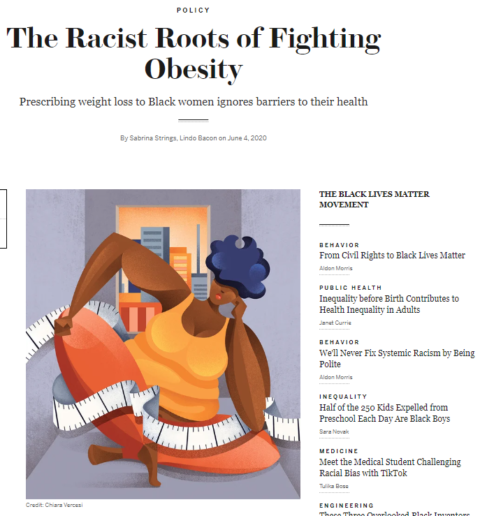The editors of Scientific American have been steadily injecting more political and progressive content into their traditional coverage of hard scientific topics:
Scientific American magazine has been around since 1845, evolving into a reader-friendly purveyor of hard science, a respected, slightly intimidating denizen of supermarket checkout lines. But judging by the recent ridiculous trend of stories and editorials, it’s been wholly captured by the woke blob.
On the surface the monthly still does what it says on the label in providing long articles, short reviews, and cool photographs for an intelligent audience, with almost-comprehensible stories on the physics of black holes for science buffs, and stunning photos of deep-sea creatures for the rest of us.
But then there’s the ludicrously left-wing ideology that seeps into every issue. A NewsBusters perusal of the contents of each 2022 regular-release monthly issue revealed 34 stories grounded in liberal assumptions and beliefs, nearly three per issue. That’s even after skipping stories with liberal themes that were nonetheless science-based — for example, a cover story on melting glaciers in Antarctica wasn’t included.
Of course, the COVID pandemic in particular tugged the magazine toward government interventionism and the smug rule of health “experts”.
Some of the most bizarrely “woke” material is online-only, with a wider potential reach. The most notorious recent example is a January 6, 2023 opinion piece, cynically seizing on the on-field collapse of a Buffalo Bills player to label the NFL racist: “Damar Hamlin’s Collapse Highlights the Violence Black Men Experience in Football — The “terrifyingly ordinary” nature of football’s violence disproportionately affects Black men“. It’s written by Tracie Canada, who is, no surprise, an assistant professor of cultural anthropology.
So what’s the solution? Surely Canada wouldn’t recommend banning blacks from the National Football League for their own protection?
But plenty of bizarre pieces fill the print edition. Here’s a headline from the July 2020 issue of this purported science magazine: “The Racist Roots of Fighting Obesity“. Yet a June 2019 SA article argued that the nation’s “biggest health problem” was obesity. So is Scientific American, for being concerned about obesity, by its own bizarre standard racist as well?






